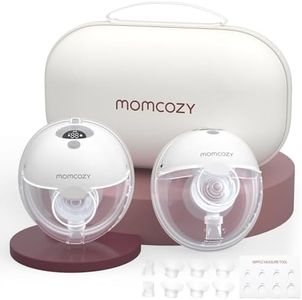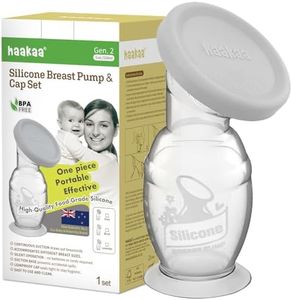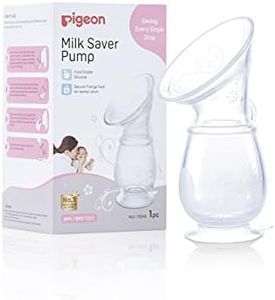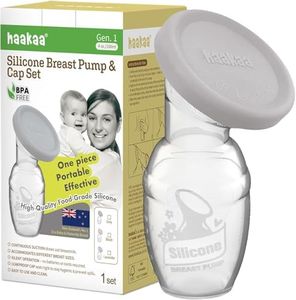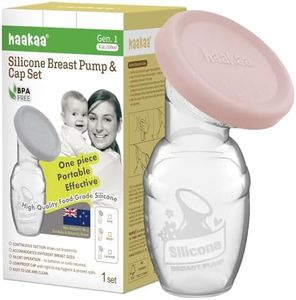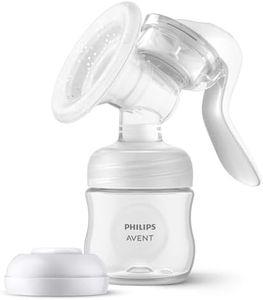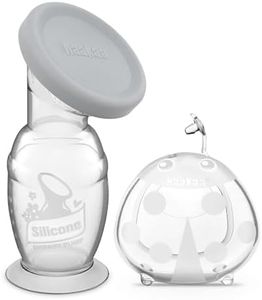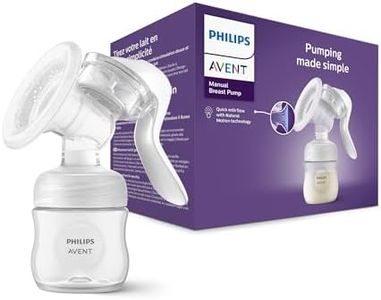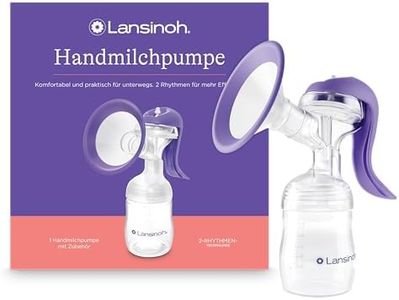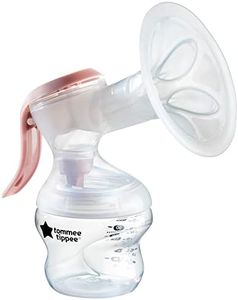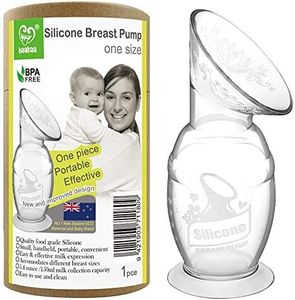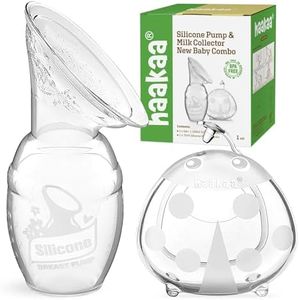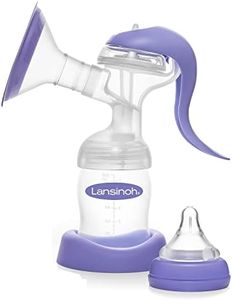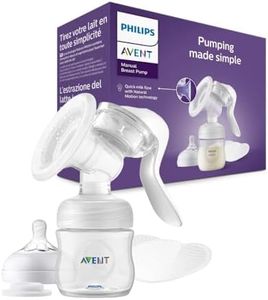We Use CookiesWe use cookies to enhance the security, performance,
functionality and for analytical and promotional activities. By continuing to browse this site you
are agreeing to our privacy policy
10 Best Manual Breast Pump
From leading brands and best sellers available on the web.Buying Guide for the Best Manual Breast Pump
Choosing a manual breast pump can feel overwhelming, but focusing on what matters most to you—comfort, efficiency, and convenience—will help you make the right decision. Every mom’s breastfeeding journey is unique, so taking time to think about when and where you’ll use the pump, how often you’ll need it, and what features will make your experience more positive can really pay off. The key is to find a pump that matches your lifestyle and preferences, making the process as comfortable and straightforward as possible.Suction Strength and AdjustabilitySuction strength is essentially how strongly the pump pulls milk from your breast. Pumps often offer adjustable suction levels to mimic a baby’s natural suckling, which can help express milk more comfortably and efficiently. Low suction may be gentle but less effective, while higher suction can extract more milk but could cause discomfort if too strong. Ideally, look for a pump that allows smooth adjustability so you can start gently and increase the strength as needed. If you have sensitive nipples or are planning to pump frequently, adjustability becomes especially important.
Ease of Use and CleaningA manual pump’s design directly impacts how simple it is to use and clean. Some models have fewer parts, making assembly and disassembly straightforward and reducing the time you’ll spend cleaning. If you plan to use your pump often or on the go, ease of cleaning becomes critical. Pumps that are intuitive and have dishwasher-safe parts can make daily use much more convenient. It’s a good idea to check how each piece comes apart and goes back together before deciding.
Comfort FeaturesComfort features refer to things like silicone breast shields, cushioned handles, or ergonomic shapes that help reduce hand fatigue. Since you’ll use your hand to create suction, an ergonomic handle can make longer sessions much more bearable. Soft or contoured breast shields also help prevent discomfort, especially if you have sensitive skin. Consider how the pump’s shape fits your hand and breast size—trying a few positions can help you figure out what feels most natural.
PortabilityManual breast pumps are popular because they’re portable and lightweight, but some are more compact and travel-friendly than others. If you need to pump at work, while traveling, or in various places around your home, you’ll want a model that fits easily in your bag and isn’t too bulky. Portability also includes how quietly the pump operates, as some designs are less noticeable in public or shared spaces. Think about your daily routine and how often you’ll need to carry the pump with you.
Milk Collection and Storage OptionsThe way a manual breast pump collects milk—directly into a bottle or storage bag—can make feeding and storing breast milk simpler. Look for pumps that are compatible with a range of bottles or storage systems if you want flexibility. Some pumps include adapters or allow you to pump directly into storage bags, which reduces waste and transfers. Consider your feeding and storage setup at home, as well as whether you want to keep things as streamlined as possible.
